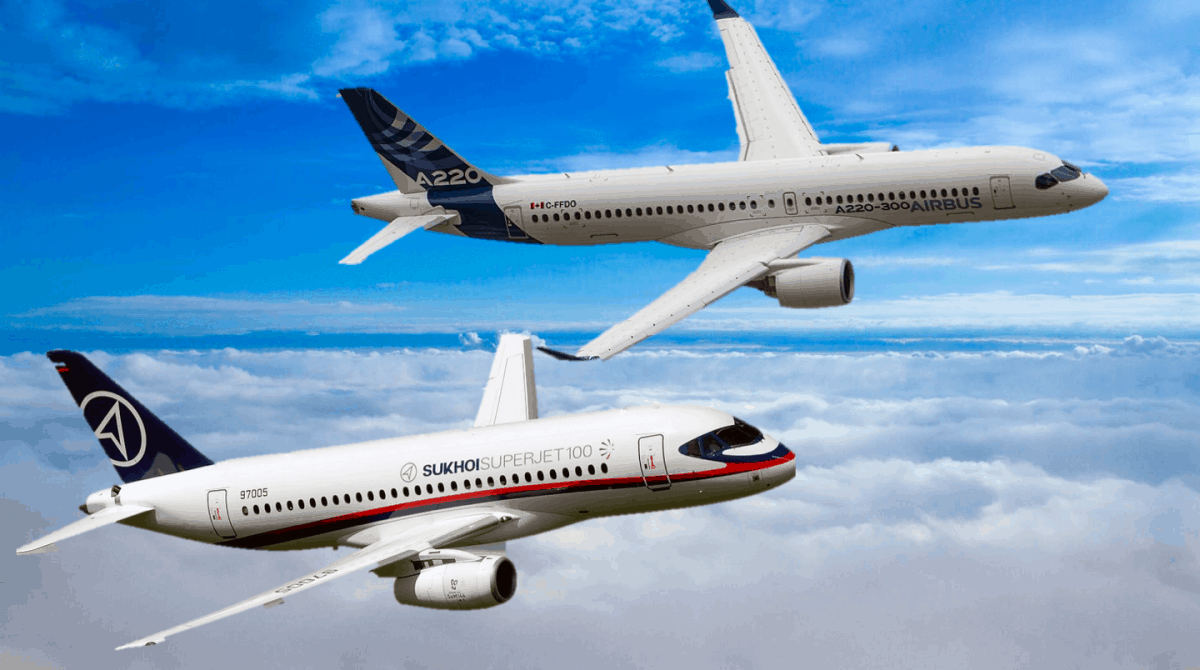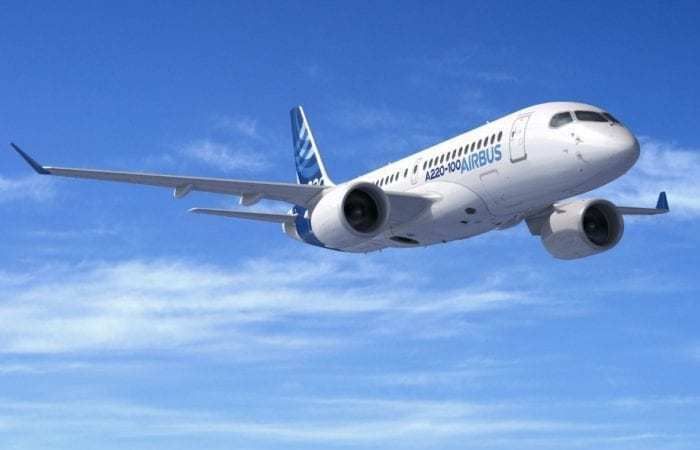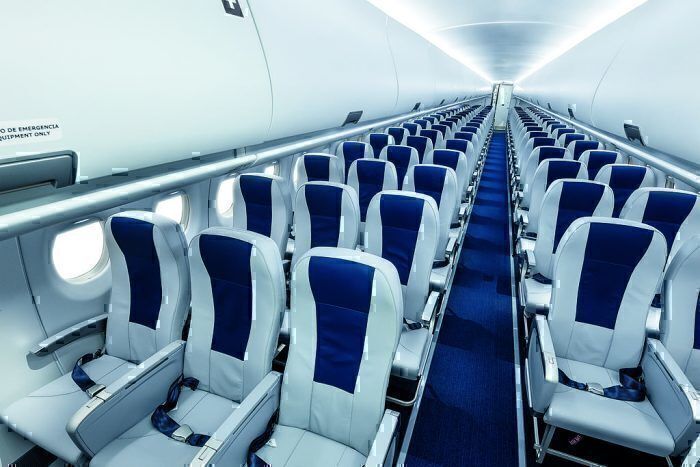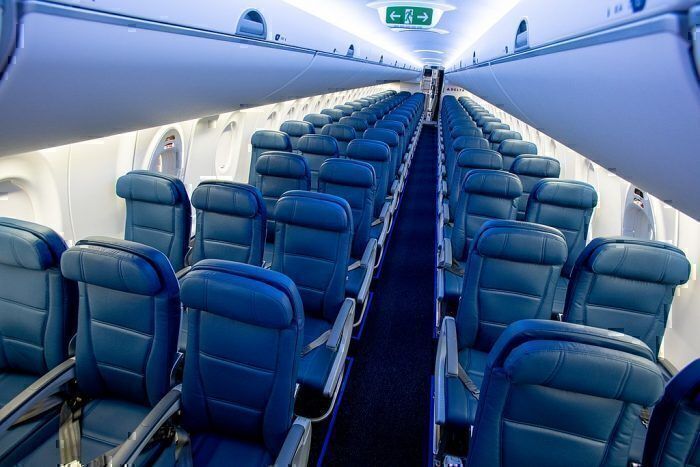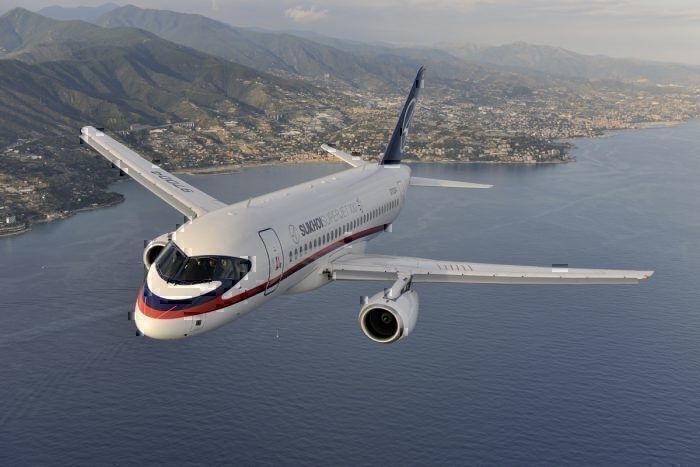The Sukhoi SuperJet SJ 100 has grown massively in popularity in recent years, but is the aircraft better than the currently popular small jet, the A220? Let us explore.
How will we compare the two aircraft?
In a recent article, we mentioned that the SSJ 100 could potentially have a big comeback in the regional airline space as carriers move towards thinner and shorter routes. Questions have been raised around whether the Sukhoi SSJ 100 was a good fit compared to the current wonder aircraft, the Airbus A220.
There are two types of A220 aircraft (A220-100 and A220-300), the latter of which is a stretch of the former. Thus they have a similar range but more capacity. Likewise, there are two different versions of the SSJ 100, the original and a 'long-range' version.
For this comparison, we have chosen to compare the A220-100 and SJ 100 LR as they are more equal when it comes to passenger numbers. The shorter range of the SJ 100 needs all the help it can get. As the passenger difference is the same, we have opted for the long-range version of the SSJ 100.
Sukhoi SuperJet SJ 100 vs Airbus A220
|
Airbus A220-100 |
Sukhoi SSJ 100 95LR |
|
|
Length |
35.00 m/114 ft 10 in |
29.94 m/98 ft 3 in |
|
Wingspan |
35.10 m/115 ft 2 in |
27.80 m/91 ft 2 in |
|
Wing area |
112.30 m2/1,209 ft2 |
84.00 m2/904 ft2 |
|
Height |
11.50 m/37 ft 9 in |
10.28 m/33 ft 9 in |
|
Engines |
2 |
2 |
|
Thrust per engine |
84 kN/18,900 lbf |
79 kN/17,800 lbf |
|
Total thrust |
168 kN/37,800 lbf |
158 kN/35,600 lbf |
|
MTOW |
60,781 kgs/134,000 lbs |
49,450 kgs/109,000 lbs |
|
Range |
3,400 nmi (6,300 km) |
1,894 nmi |
|
Cruise speed |
M0.78 |
M0.78 |
|
Capacity |
108 passengers |
98 passengers |
|
Max. capacity |
135 passengers |
108 passengers |
Passengers
The A220-100 was always going to carry more passengers than the SJ 100 as it is simply bigger and longer. The maximum capacity of the SJ 100 is the normal seating capacity of the A220-100.
But both aircraft seat their passengers in a 3-2 configuration in economy.
Range
Looking at range, we can see that the Airbus A220-100 also beats the SJ 100 LR by well over a thousand nautical miles. Airlines will be attracted to the range of this aircraft as it would be more flexible for longer routes.
The SJ 100 is a smaller aircraft only just but falls short in nearly every way when compared to the Airbus A220.
What about the price?
However, there is one saving grace of choosing the SJ 100 over the A220.
- SJ 100 list price: $50 million USD
- A220-100 list price: $81 million USD
If we believed that airlines get massive discounts for bulk orders, it would appear that you could almost buy two SJ 100s for the price of one A220-100 (especially if both are bought at 50%, $25 million vs $40 million). You would not only double capacity on that route but get invaluable frequency as well which is only possible with more aircraft.
Thus the SJ 100 could be a contender for those airlines looking for short routes with more frequency.
Bottom line
The A220-100 is a great aircraft and its quality is reflected by its price. The SJ 100 is a more basic creation that doesn't have the bells and whistles, but a great workhorse for those airlines who just want to get to the business transporting passengers.
In terms of orders, the SJ 100 has received 302 orders compared to the Airbus' A220-100 99 orders. However, the bigger Airbus A220-300 has 431 orders.
As we mentioned in the other article on this topic, the SJ 100 has been in three major accidences that involved loss of life (and one more in which the aircraft was written off but everyone on board survived). These accidents were all due to pilot error and not with the design/engineering of the SJ 100. So whilst the question of safety is raised, remember that it comes down to who is flying the plane and their training, rather than the aircraft itself.
We should also mention an issue raised by one of our readers about the support provided by the SuperJet manufactures. Interjet, one of their customers has been struggling to procure spare parts for their aircraft fleet and has been turned sour on the type completely.
What do you think of these results? Let us know in the comments.

